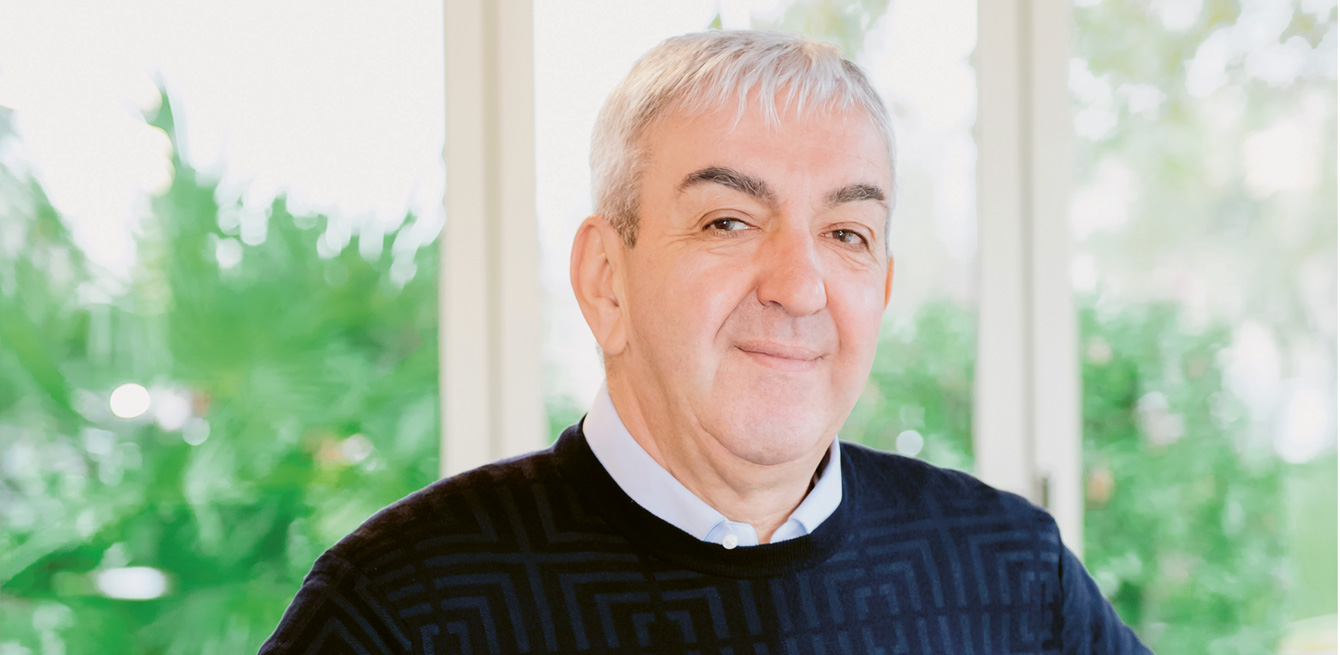
Marco Zambelli lost his right hand at age 15 as an apprentice. Fifty years later, he has regained hope with a new type of implant that enables him to accomplish all his everyday tasks.
A circular saw in a metallurgy workshop changed his life forever. Marco Zambelli lost his right hand when he was a teenager. After several decades of testing different prosthetics, the 65-year old Italian is now part of a project that aims to better understand the neural representations of phantom limbs in the brain and use that information to create more efficient implants.
I left my apprenticeship after the accident. I went back to school and then began working for a design firm. However, the amputation wasn’t a problem for me socially, and I immediately moved on, learning to use my left hand for all my everyday tasks. Because I learnt to write with my left hand, I didn’t pay attention to my prosthesis on my right hand. It became part of my body.
I was treated at the prosthetic centre in Vigorso (province of Bologna), a leader in the area in both Italy and Europe. The National Institute for Insurance against Accidents at Work provided me with some 15 implants over the years, ranging from purely cosmetic models to three-finger myoelectric systems [grip operated with the thumb, index and middle finger activated by muscle contractions]. They all improved my everyday life, but they never worked like a real hand, because I always had to use my body as support.
That’s why I always thought of my invalidity in terms of aesthetics. My implant made me look like everyone else.
Vigorso, working with the Istituto Italiano di Tecnologia (Italian Institute of Technology), asked if I wanted to participate in a test of multi-articulated systems [the patient can move all five fingers, and the implant can adapt to the shape of objects]. Since then, I’ve been able to use both hands in a more and more natural way to accomplish everyday tasks, like smoothly open a zipper case. Then in 2018, I met Professor Andrea Serino from Lausanne University Hospital. Under his supervision, my residual limb was analysed in detail to identify sensitive areas corresponding to the thumb and little finger, which enabled me to feel a tactile sensation in my phantom limb for the first time since the amputation. The project could one day lead to implants that achieve even higher performance in terms of sensitivity and precision of movement. Now I can dream about the ideal implant: an instrument activated directly by muscular command sent naturally by the brain.